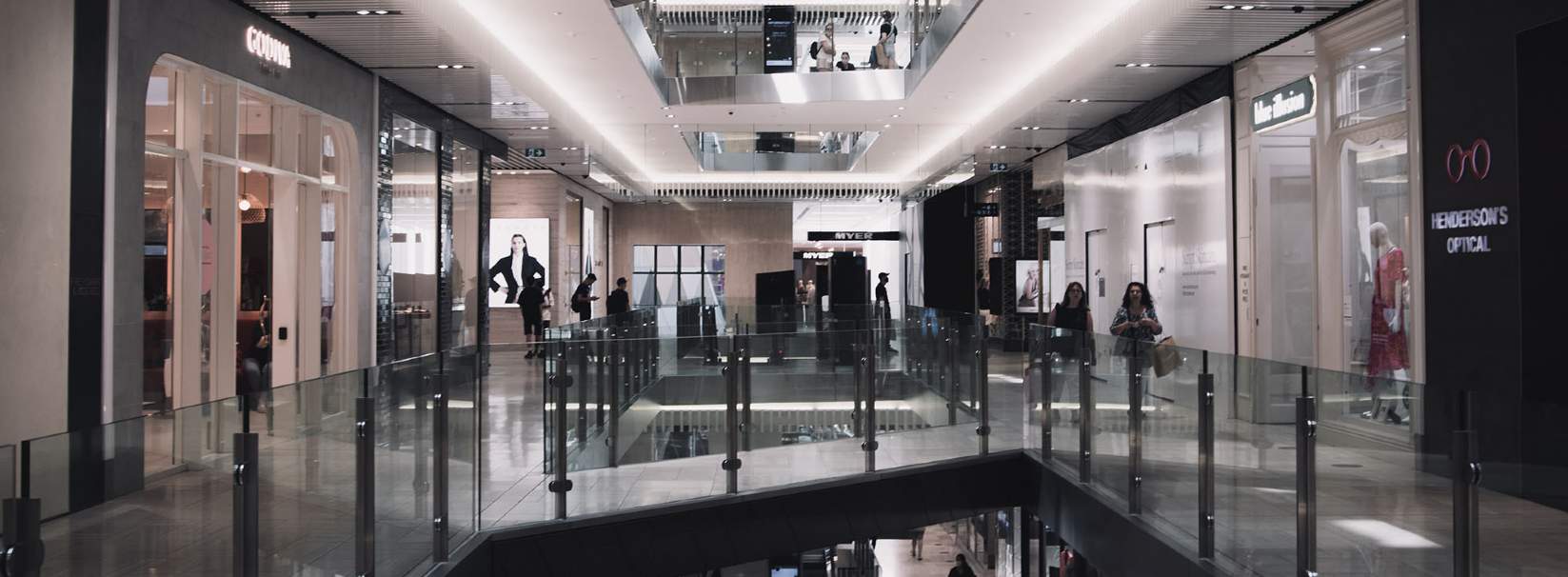The Australian economy grew by 1.8% in the March quarter, being the only G7 Nation that has recorded GDP growth relative to pre-pandemic GDP. With the pandemic causing many retailers to close due to Government imposed lockdowns and foot traffic drastically reduced, retail property was negatively impacted.
It is worth noting that this was mainly skewed towards Regional and Subregional centres with high exposure to fashion retailers and other specialty tenants. Supermarket anchored neighbourhood centres as well as large format centres have continued to perform well and a clear divergence between discretionary and non-discretionary centres has become apparent in both sales and leasing metrics.
Retail turnover increased by 25% in April 2021 compared to April of 2020, the large increase as a result of the lockdowns imposed throughout 2020. With the government wage subsidies including JobKeeper and JobSeeker now concluded, we anticipate that retail sales growth will soften in the coming months. Some businesses will have to let staff go without the government assistance and this will impact retail spending over the short term.
Throughout the pandemic we have seen online retail sales continue to grow at pace. Over the course of 2020 online retail sales demonstrated record growth, with historical high annual growth set in July 2020 of 62.6% year on year. Most recently, monthly online retail sales growth fell by -3.7% in April 2021, (NAB Online Retail Sales Index), with the year-on-year growth falling greatly to 1.4%. The base set by the high sales period of 2020 has clearly impacted the year-on-year changes. The index estimates that over the 12-month period Australian’s spent $46.7 billion online, which equates to approximately 12.9% of total retail trade.
Transaction volumes over the 12 months to June 2021 were recorded at $5.73 billion, which was down 21% on the previous year. Large format and neighbourhood sales accounted for 54% of sales (in dollar terms) with investors seeking assets that dominate their catchment and service densely populated areas and therefore can provide security of income. As a result of ongoing demand there is evidence of yield compression over the last 12 months, with both Neighbourhood and Large Format yields along the east coast reaching lows of 5.25% (as at June 2021).
COVID-19 will increase the scrutiny on passing income for retail investment assets, which was already the focus of prospective purchasers who sought to ensure the sustainability of income streams in a more capitalintensive environment and provision for future growth. This will be most pronounced for Regional and SubRegional shopping centres that lack dominance of their trade area, have below benchmark turnover productivity and have heightened concerns around the future floor space requirements of department and discount department stores.
